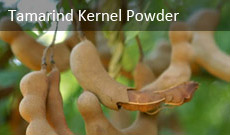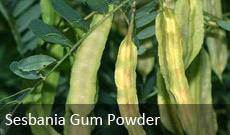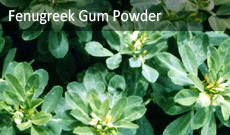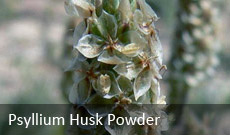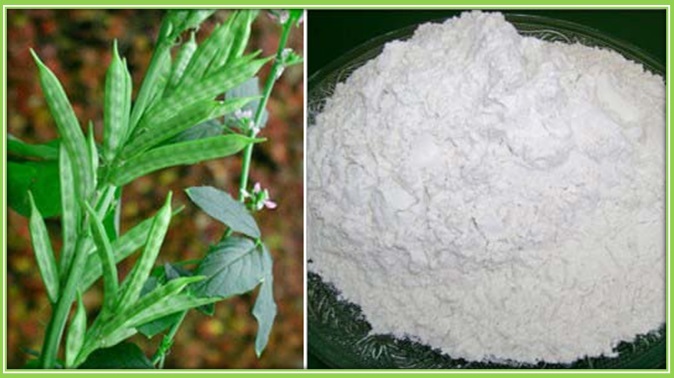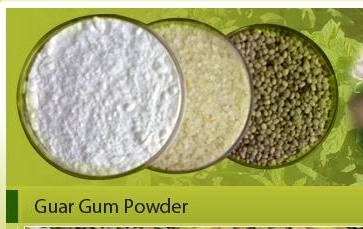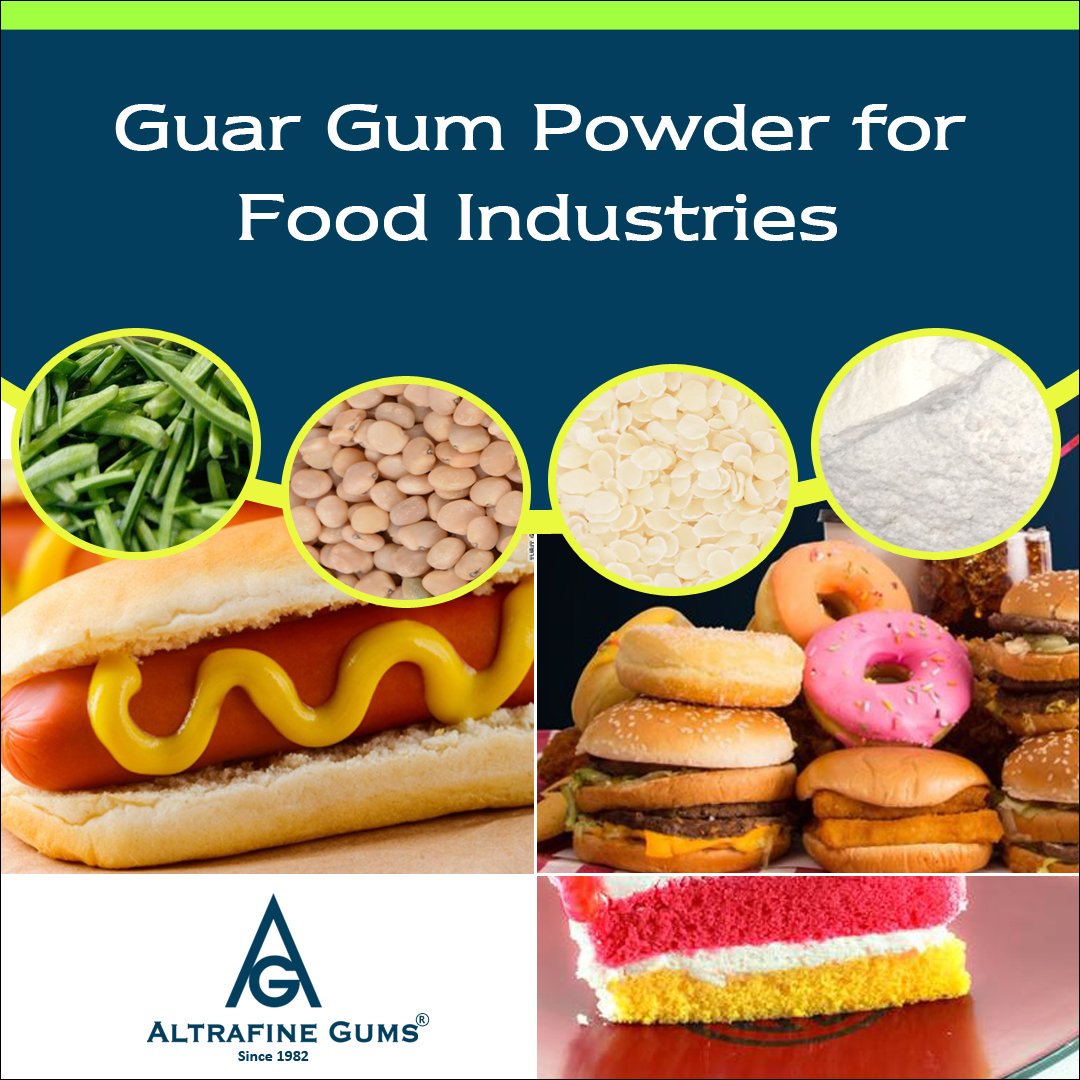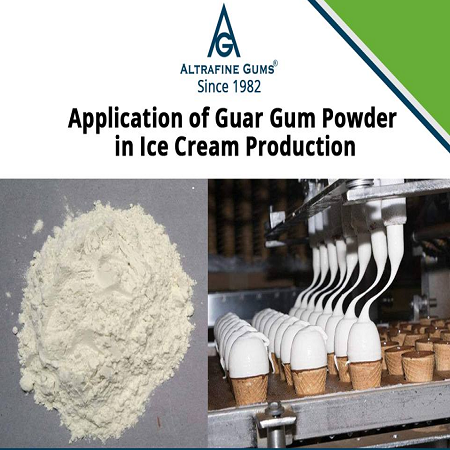With a high year to year variation in production and exports of the guar gum and derivatives, there is need for closer review of the whole value chain to identify priority areas where focus can be directed. Guar gum is used in the food and bakery industry since a good number of food stuffs and food related product compositions require the usage of colloids to alter the behavior of water compared to other components. The guar gum is an effective stabilizer, binder, thickener and water proofing agent in various food products.
Sector Wise Applications of Guar Gum
The sector wise application of guar shows that the food industry consumes approximately 25 – 30 % of guar gum produced from India, 60% of the production is up taken by petroleum and mining industries while the remaining 10 – 15% is up taken by the textile industry. Over 80% of the global guar production and export comes from India in the form of refined splits, gum powder and guar meals.
Emerging Issues and Constraints Related to Guar Gum Powder
Production Technologies
There have been a number of technologies developed for improved production of the guar gum. These include improved seed varieties, better / improved planting methods, better agronomical practices, soil fertility management, moisture conservation and other quality aspects. It has been shown from research that adoption of line sowing method enhances grain yield by over 35%.
Production in Non-Traditional Areas and Seasons
Cultivation has now been transferred to regions where it was not done previously in India. These new areas have potential for better moisture conservation and have been able to produce over 1800kg/ha of grain yield.
Dissemination of Technology
Most producers lack the knowledge of the emerging technologies in guar production and processing. This constraint is also attributed to lacking financial resources to access information.
High Gum Content and Varied Viscosity Levels
There is little variation in the gum content among the various guar varieties which ranges from 29 – 30% only. There is need for this content to be increased to about 35% which will increase the guar gum yield and the ultimate profitability of the crop. This can be achieved through more biotechnological research aimed at acceleration of gum content and viscosity.
Constraints and Development Opportunities of Guar Gum
- Growth period: Currently, the available varieties of guar gum mature in 90 days. There is need for developing early maturing varieties. Research shows that the S. Serrata, a wild guar species can be used as a source for earliness in the guar crop.
- Plant type Improvement: there is ongoing research on producing crops with less biomass and more reproductive area, as well as crops that will achieve greater synchronization of flowering for greater grain yields.
- Improved gum quality for specific applications: Guar gum for food manufacturing requires high gum content and should also have good viscosity.
Production of odorless and tasteless guar for food and feeds applications can also be a key area of research. For gelling applications, depletion of the galactose molecules can also be an area of innovation.






